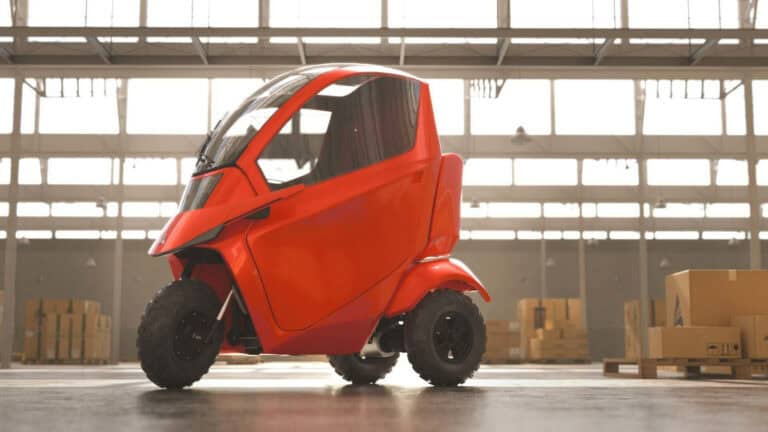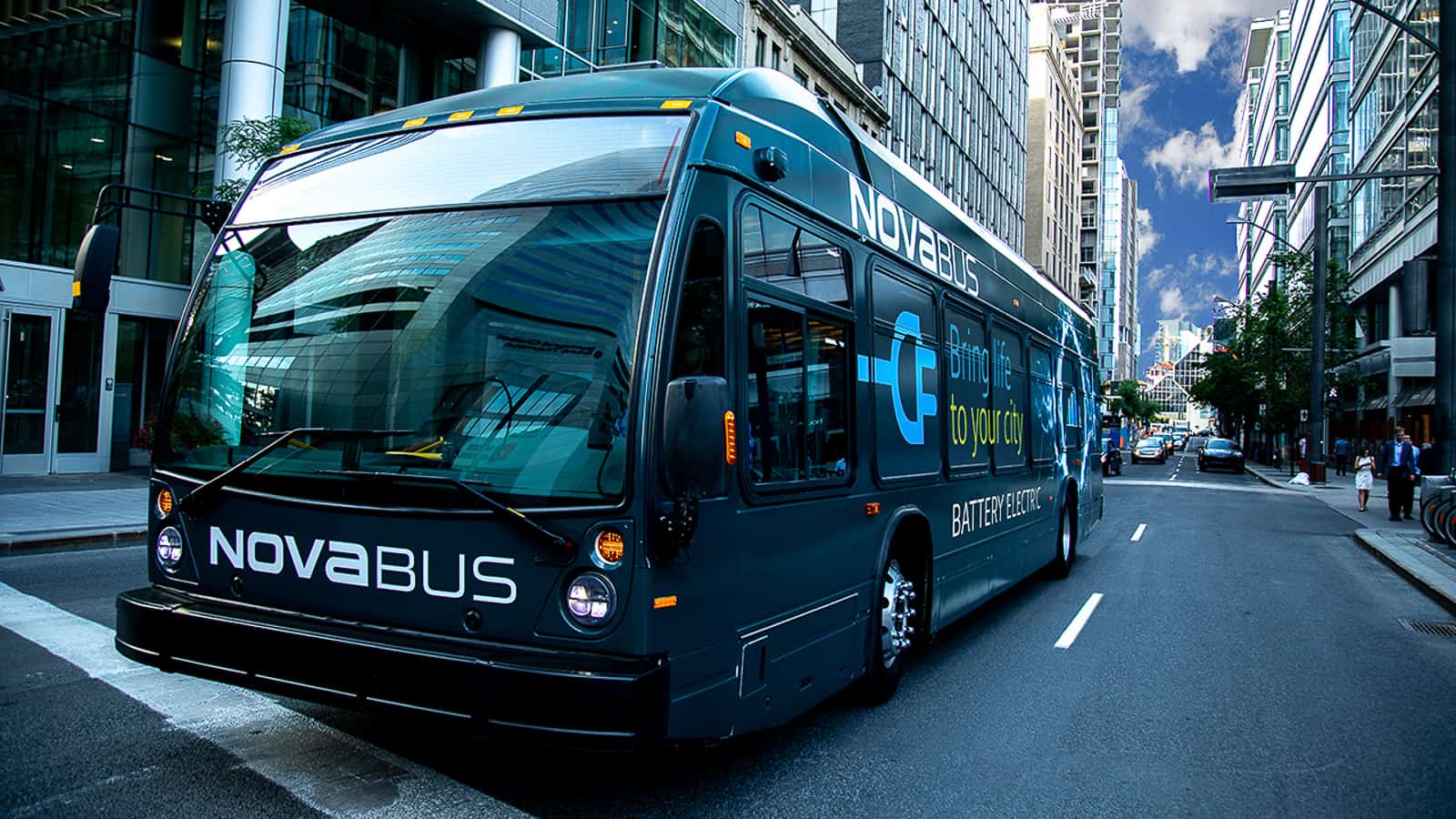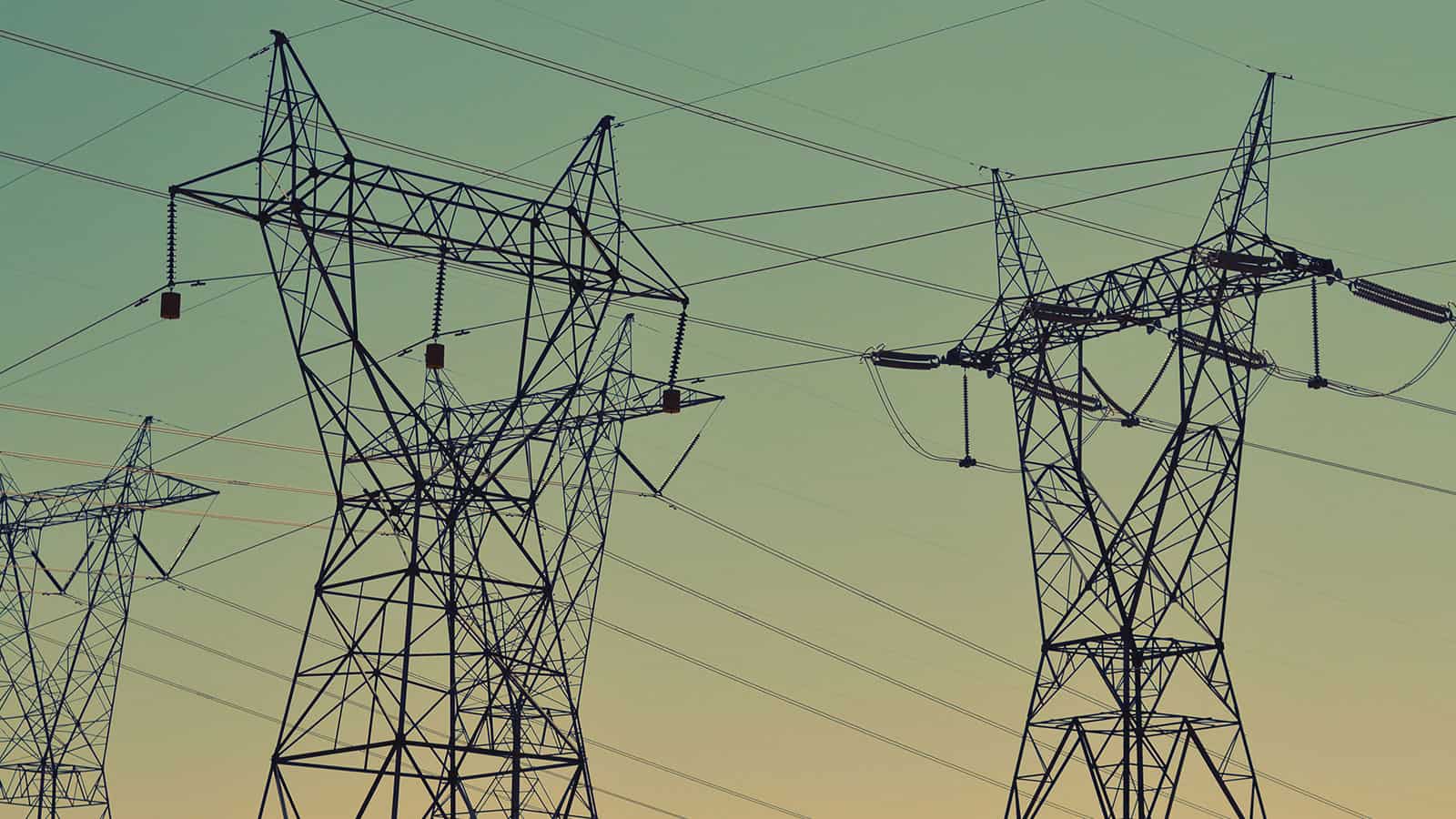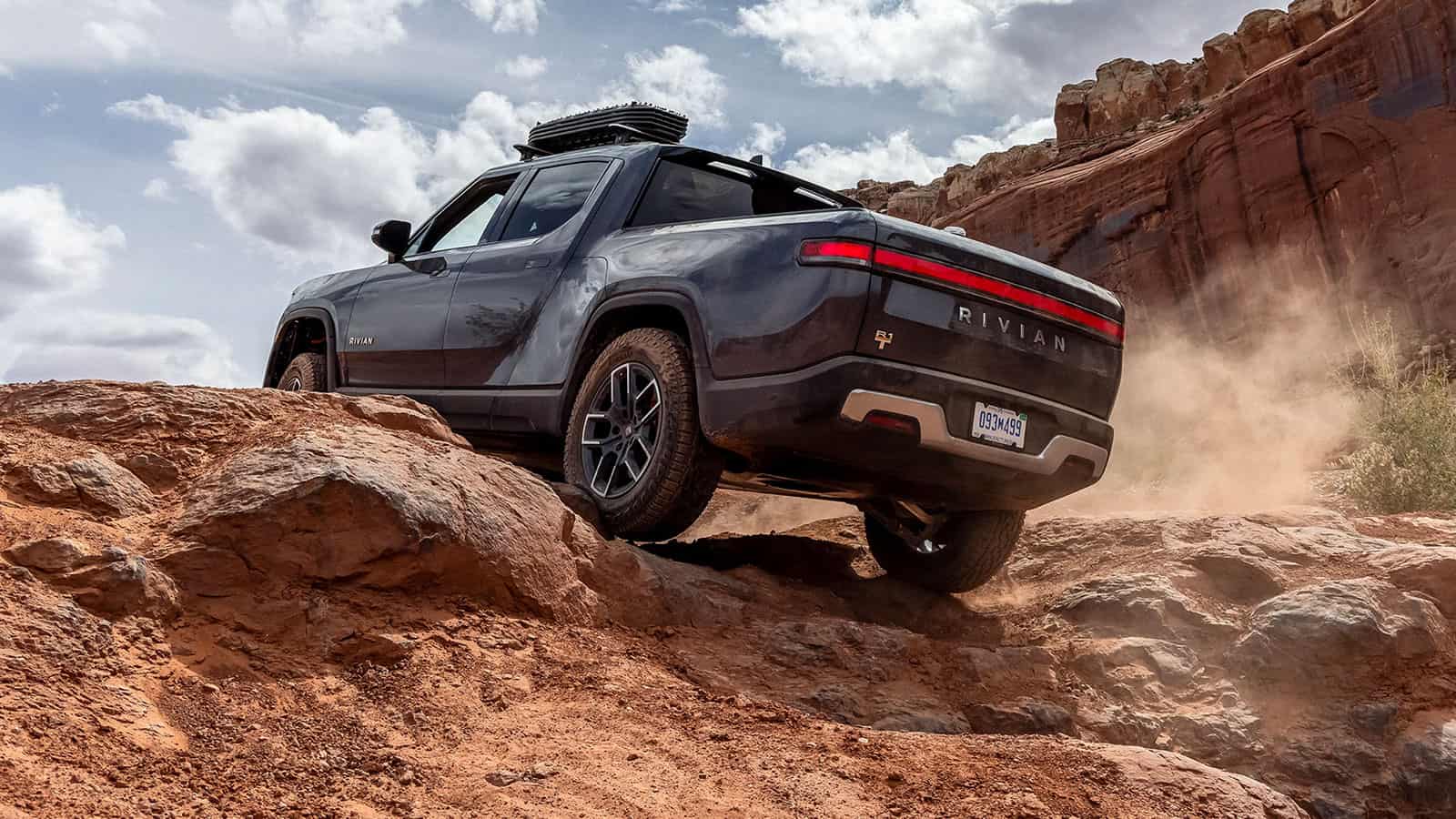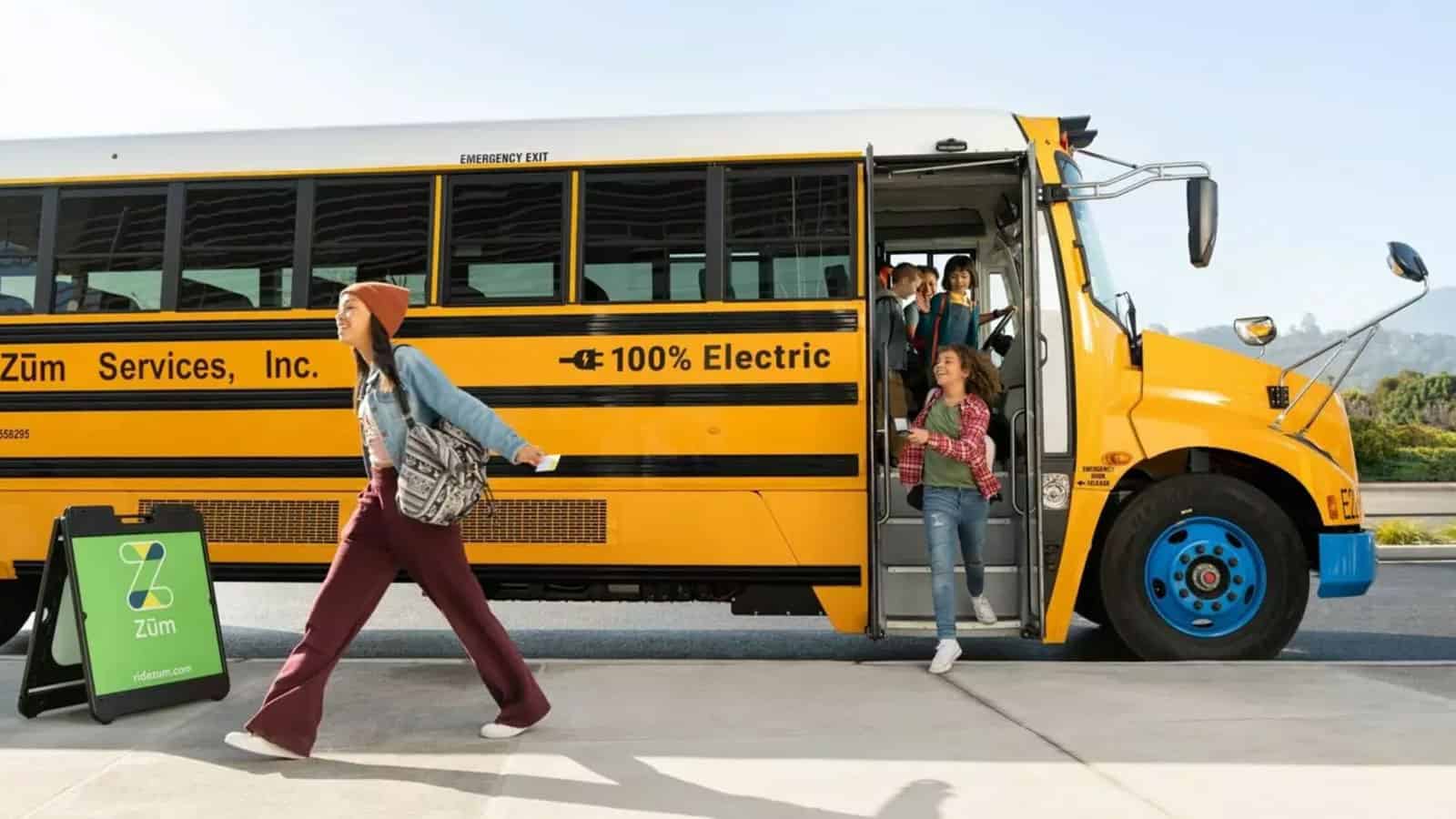- A UC Berkeley professor of chemistry and his students set up a CO2 monitoring system and have been watching CO2 emissions drop in the last few years.
- The data monitoring shows that California has work to do to achieve the goal of being carbon net-zero by 2045.
- California is setting records with wind, water, and solar power creation, reducing more carbon emissions.
Electric vehicles are a joy to drive; they’re quiet, zippy, and loaded with innovative technology. Best of all, they do not put harmful carbon emissions into the atmosphere, and the proof is in the science. The first metro area in the U.S. to have more than 50% electrified vehicles is the San Francisco Bay Area, and CO2 monitoring shows that carbon emissions there are on the decline.
ADVERTISEMENT
CO2 Monitoring Shows a Reduction in Carbon Emissions

Two students from the University of California Berkeley have recorded the first evidence that electric vehicles positively impact the environment by measurably reducing CO2 levels. Back in 2012, Ronald Cohen, a Berkeley professor of chemistry, and his students placed a network of CO2 sensors around the San Francisco Bay Area, and now the system has more than 80 stations.
The idea behind the sensors was to show how cities contribute to carbon emissions. While experts estimate that 70% of global carbon emissions come from cities, very few have tools set up to analyze the actual numbers. Cities have several sources of air pollution, especially those with major airports, minimal public transportation, and grids powered by fossil fuels.
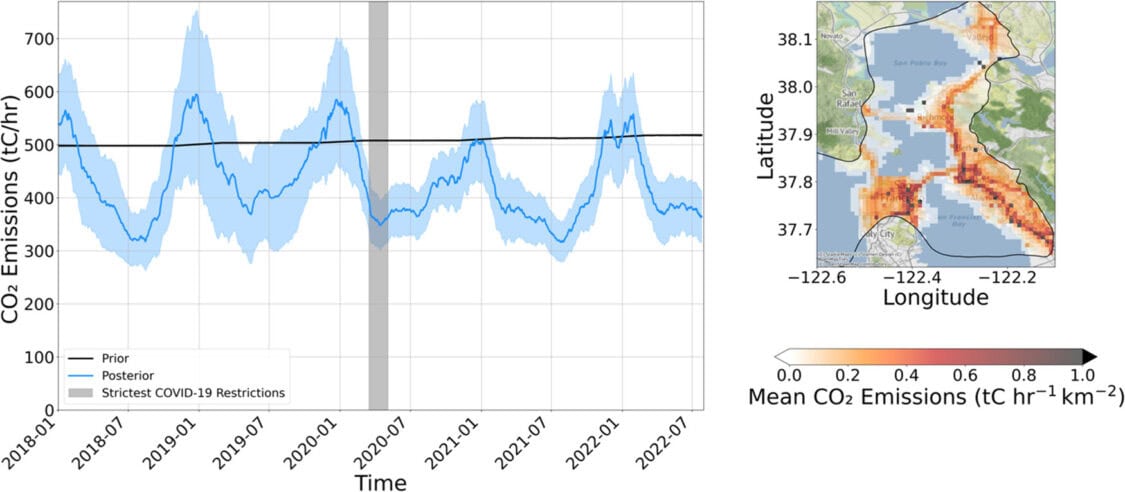
Beginning in 2018, the Berkeley Environmental Air Quality and CO2 Network (BEACO2N) sensors recorded data that saw a small decrease in carbon emissions: 2.6% in yearly vehicle emissions rates. This might not sound like much, but it’s 2.6% less CO2 per mile driven annually. In those terms, the number is a significant drop.

One of Cohen’s students, Naomi Asimow, analyzed the data collected between 2018 and 2022 and correlated it with electric vehicle sales. She concluded that the steady decrease over those four years was due to the increase in electric vehicle use in the area. Cohen said about the results, “We show from atmospheric measurements that adoption of electric vehicles is working, that it’s having the intended effect on CO2 emissions.”
ADVERTISEMENT
Renewable Energy Leading the Way
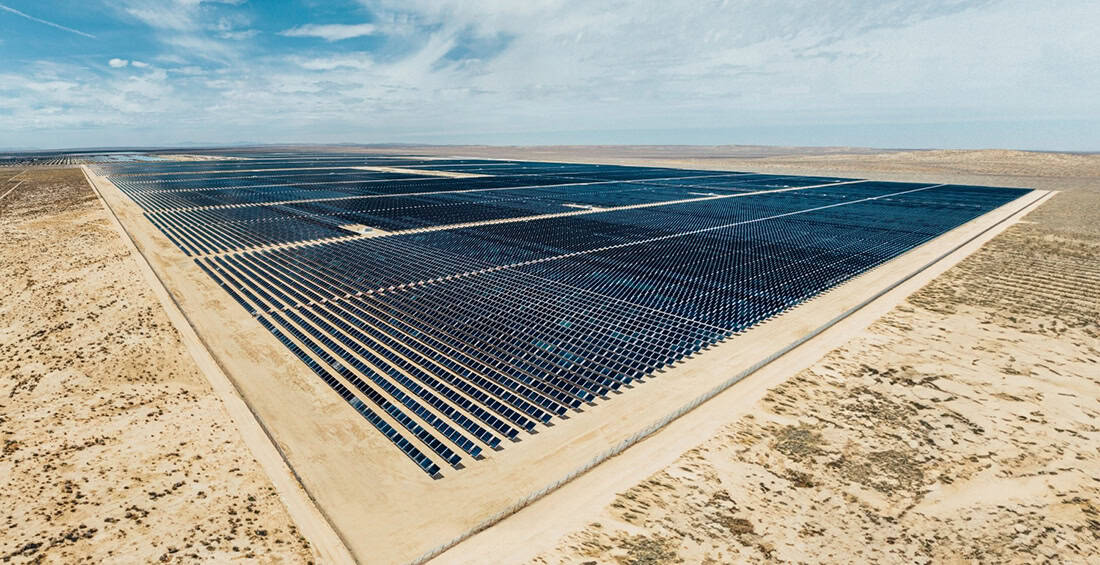
When it comes to alternative energy sources and reducing the impact of carbon emissions, California continues to lead the way. The heavily populated state is ahead of the rest in electric vehicle sales. And the state has been pushing the boundaries of renewable energy use.
As of April 23, California has created more energy than the state needs using only wind, water, and solar (WWS) for the last 39 out of 47 days. On April 20, the state created more energy through WWS than it needed — 148.3% of demand. Some of the extra energy is delivered to Western states, while some is thrown away for lack of battery storage.
Battery-electric vehicles do not release any emissions while on the road. Upstream carbon emissions come from communities with grids powered by fossil fuels. Since California can power its growing number of electric vehicle chargers with renewable energy, EVs in the Golden State are “cleaner” than EVs in other parts of the United States. You can learn about your community’s power grid and your EV’s upstream greenhouse gas emissions here.
ADVERTISEMENT
The Lofty California Carbon Emissions Goal
California has an energy goal of reaching net-zero emissions by 2045. The state wants 85% of the goal to come from actual cutting of emissions, rather than removing CO2 from the atmosphere. If Californians can continue to buy EVs and use WWS to power the state, the goal should be easy to achieve.
However, Asimow has concerns that their CO2 monitoring project is showing the net-zero emissions are dropping at a rate that is 50% slower than needed. The minimal electric car carbon footprint might not be enough to lower the rate to a satisfactory level. Cohen said, “To get to the state’s goal, we would need to be at 3.7%…we’re almost half of the way to that goal. But we have to sustain that for another 20 years.”
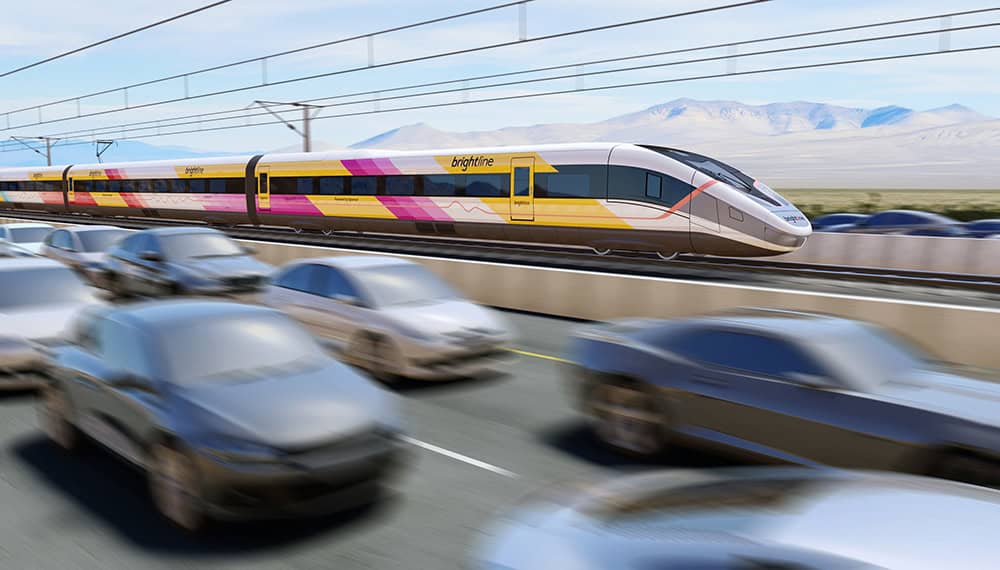
The state might have another technology to lean on in the quest to lower carbon emissions. On April 22, work began on a high-speed railway between Los Angeles and Las Vegas. The Brightline West rail system will stretch 218 miles and reach speeds up to 200 miles per hour. Funding came from the Bipartisan Infrastructure Law. The all-electric train is expected to move over 11 million passengers annually which will remove millions of cars from the highways between Sin City and the City of Angels. It’s expected to open in 2028.
ADVERTISEMENT

FEATURE IMAGE: RITAM BAISHYA
FTC: We use income-earning auto affiliate links. Learn more.














